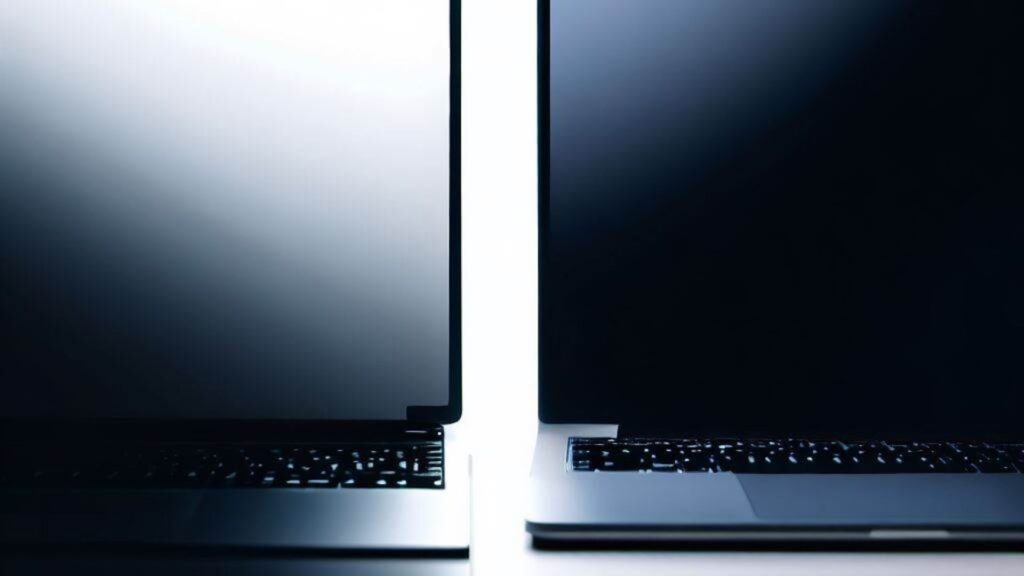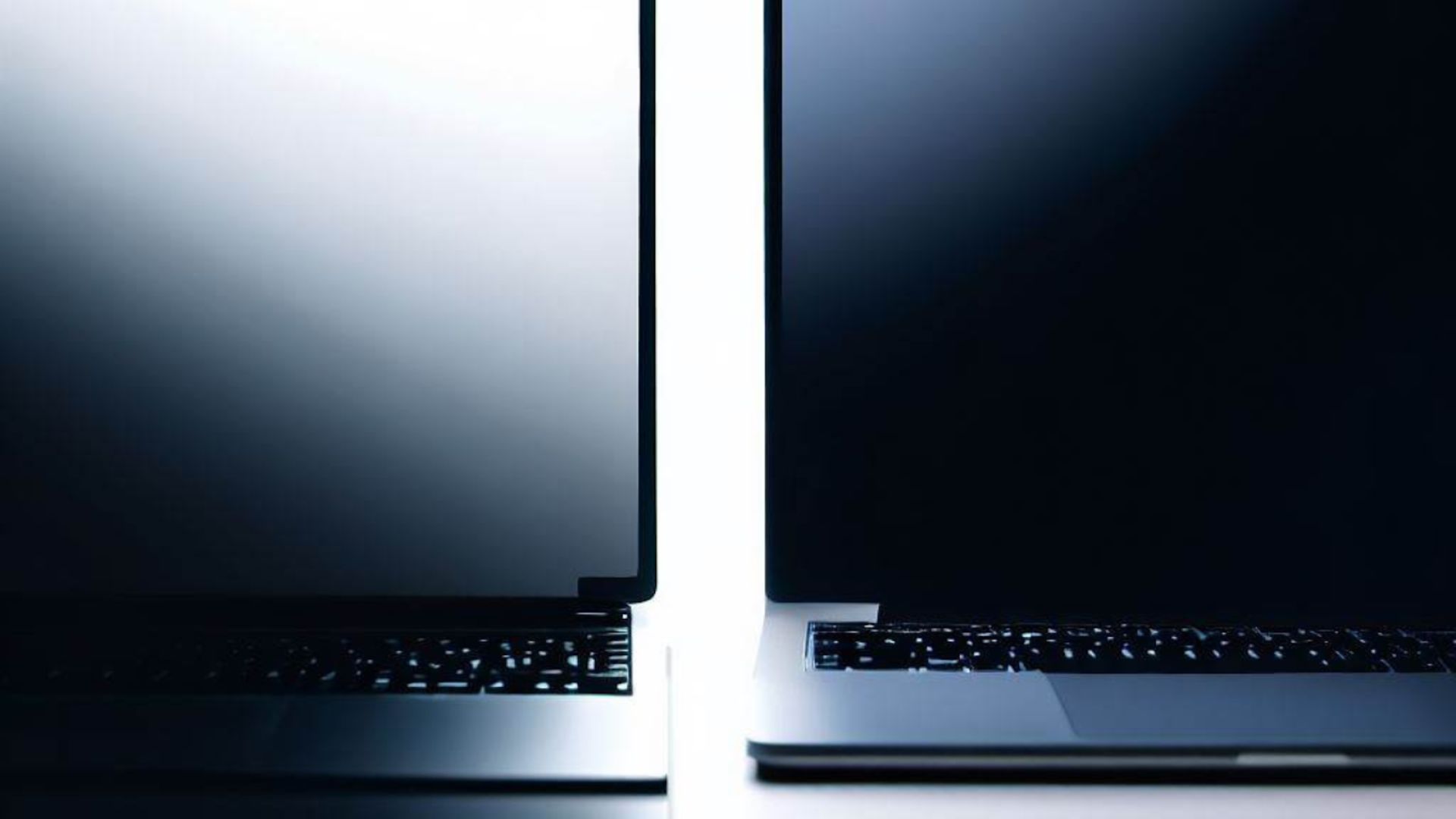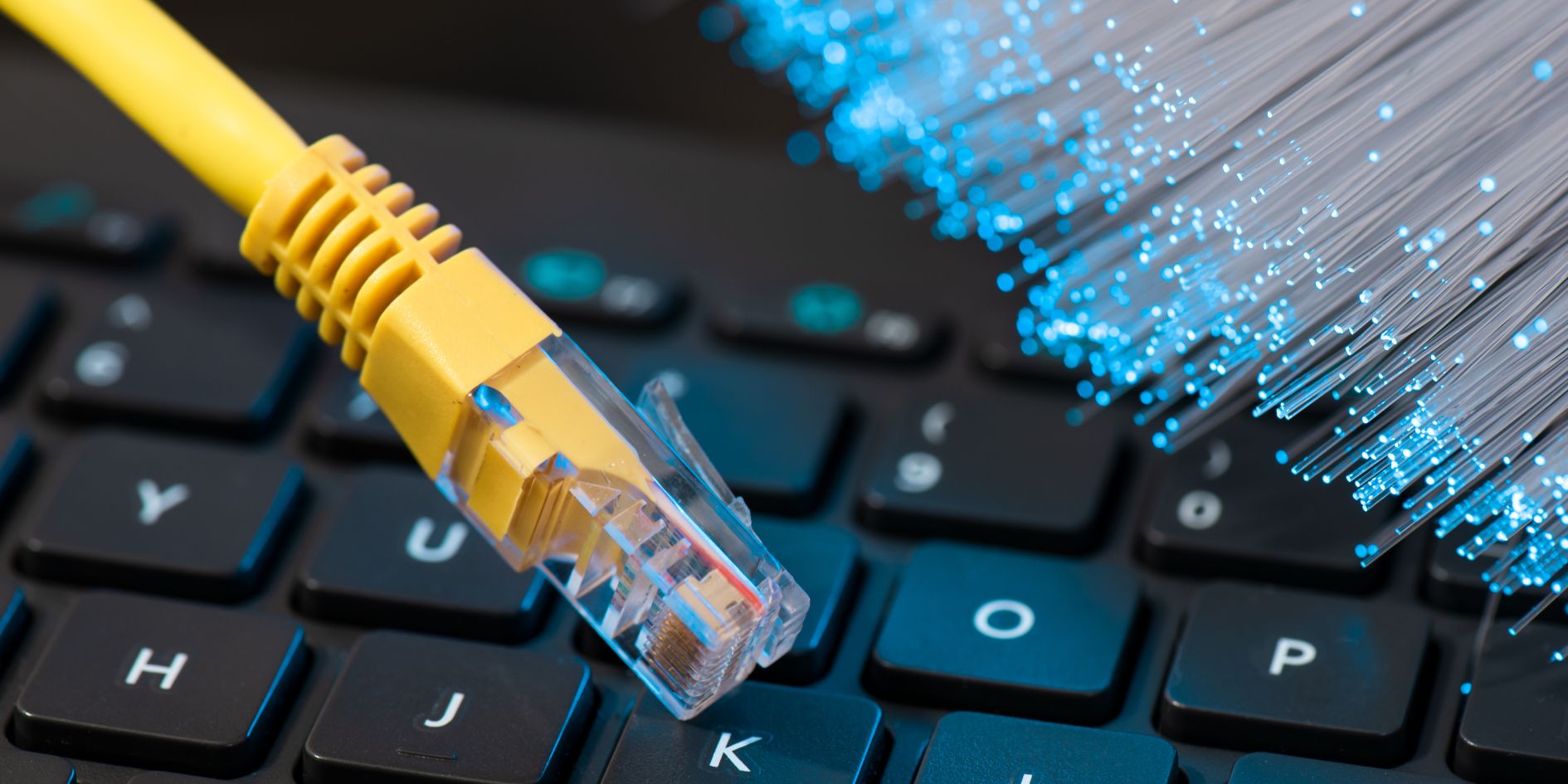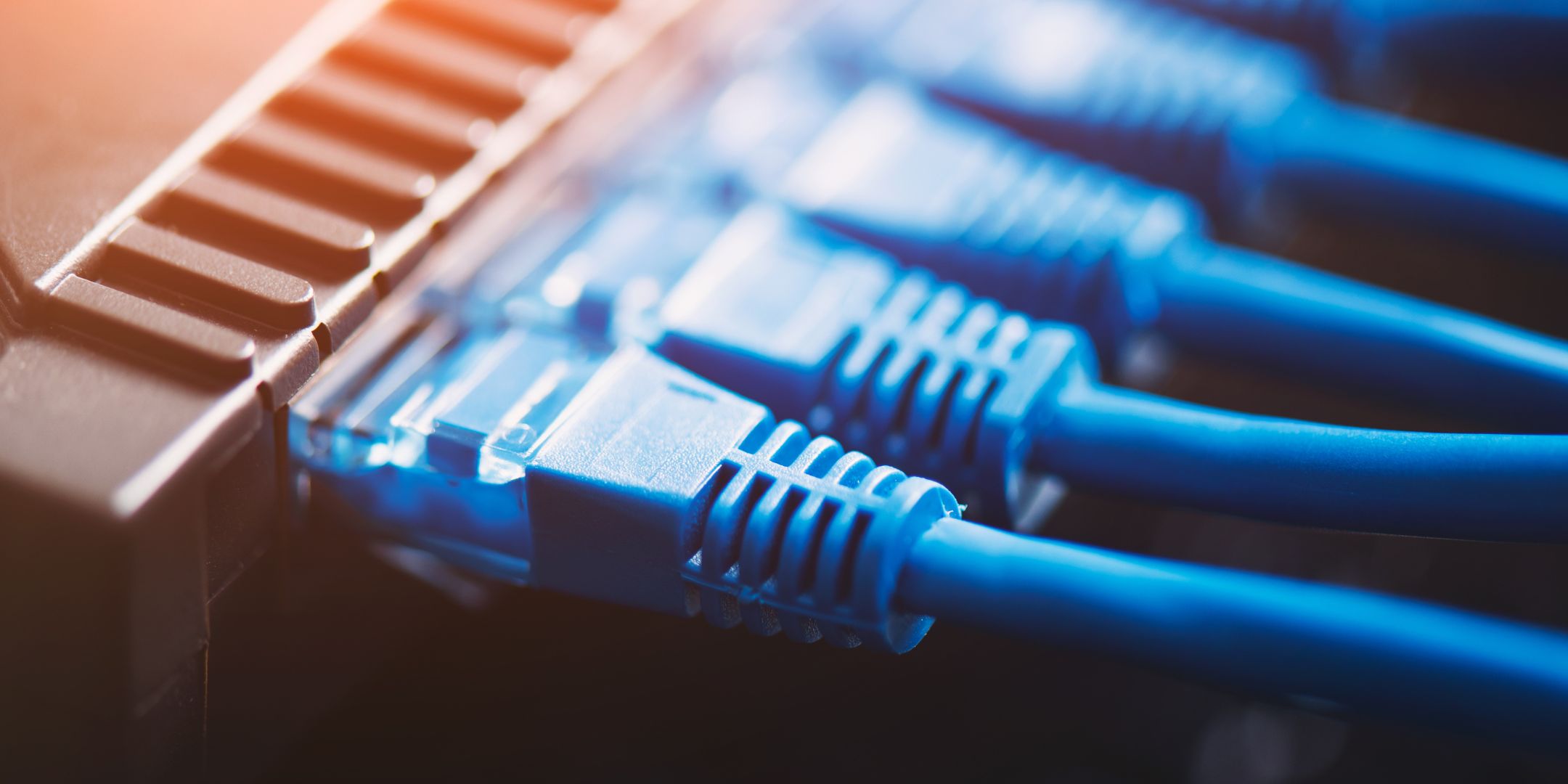If you are looking for a new laptop, you may have noticed different types of screens: matte and glossy. But what is the difference between them, and which one should you choose?
In this article, we will explore the age-old debate of matte vs. glossy laptop screens and delve into the pros and cons of each. By the end, you’ll have a clear understanding of which laptop screen is better for you – matte or glossy.

What are Matte and Glossy Laptop Screens?
Matte and glossy screens are two different types of laptop displays. Matte screens have a non-reflective coating that diffuses light, reducing glare and reflections. A glossy screen, on the other hand, has a shiny, reflective surface that makes colors appear more vibrant.
Pros and Cons of Matte Laptop Screens
Matte laptop screens are popular among people who want easy-to-view displays in bright environments.
Here are the pros and cons of matte laptop screens:
Advantages
- Reduced glare: Matte screens have a non-reflective coating that reduces glare and reflections, making them easier to use in bright environments.
- Better visibility in bright light: Matte screens reduce ambient light, making them easier to use outdoors or in brightly-lit environments.
- Less fingerprint smudging: Matte screens are less prone to smudging and fingerprint marks, making them easier to clean.
Disadvantages
- Duller colors: Matte screens are less vibrant due to the non-reflective coating.
- Poorer contrast: Matte screens can have poorer contrast, making it harder to distinguish between shades of black or gray.
- Grainy appearance: Matte screens can be slightly grainy, which may be better for those who prefer a smoother, more polished look.
Is a Matte Screen Better for the Eyes?
Matte screens are considered better for the eyes than glossy screens. Matte screens have a special coating that diffuses light and reduces glare. This reduces eye strain and makes it easier to use devices for extended periods.
Glossy screens, on the other hand, are highly reflective and can cause eye strain, headaches, and fatigue. Moreover, glossy screens reflect more ambient light and can make using devices in bright environments difficult.
Overall, matte screens are better for individuals who use devices for extended periods or have sensitive eyes. However, choosing high-quality matte screens and installing them correctly is key to ensure optimal benefits.
Do Matte Screen Protectors Reduce the Quality?
Matte screen protectors reduce glare and fingerprints on your phone’s screen. While they can reduce eye strain, they may affect screen quality. Matte screen protectors use a special coating that diffuses light, which decreases the screen’s sharpness, color accuracy, and contrast.
However, the reduction in quality is minimal and may not be noticeable to the naked eye. Moreover, the benefits of reduced glare and fingerprints can outweigh the minor quality reduction. It is essential to choose high-quality matte screen protectors and install them correctly to ensure optimal results.
Overall, the tradeoff between reduced glare and a minor reduction in screen quality is worth it for most users.
Pros and Cons of Glossy Laptop Screens
Glossy laptop screens are known for their vibrant colors and sleek appearance. However, they are more prone to glare and reflections.
Here are the pros and cons of glossy laptop screens:
Advantages
- More vibrant colors: Glossy screens tend to have more vibrant colors due to the reflective coating.
- Higher contrast: Glossy screens can have higher contrast, making it easier to distinguish between shades of black or gray.
- Sleek and stylish appearance: Glossy screens have a shiny appearance that some people find more aesthetically pleasing.
Disadvantages
- More glare and reflections: Glossy screens can be more prone to glare and reflections, making them harder to use in bright environments.
- Difficulty in bright light: Reflective coatings can make glossy screens harder to view in bright environments.
- Prone to fingerprint smudging: Glossy screens are more prone to smudging and fingerprint marks, making them harder to clean.
Comparison and Contrast of Matte and Glossy Laptop Screens
There are several factors to consider when comparing matte and glossy laptop screens. Here are some comparisons and contrasts:
Image Quality
Glossy screens tend to have more vibrant colors and higher contrast, while matte screens have reduced glare and better visibility in bright light.
Outdoor Visibility
Matte screens are easier to view outdoors or in brightly-lit environments, while glossy screens can be harder to view due to glare and reflections.
Durability
Both matte and glossy screens are durable, but glossy screens may be more prone to scratches and other damage due to their shiny surface.
Maintenance and Cleaning
Matte screens are easier to clean, as they are less prone to smudging and fingerprint marks. Glossy screens require more cleaning to look their best.
Which One is Right for You?
Deciding between a matte and glossy laptop screen ultimately comes down to personal preference and the environment in which you will use your laptop the most.
A matte screen may be a better choice if you work in bright environments or spend a lot of time outdoors. A glossy screen may be the way to go if you prefer more vibrant colors and sleek appearance.
How do I know if my Laptop Screen is Matte or Glossy?
Laptop screens come in two finishes: matte or glossy. The screen finish refers to the coating applied to the screen surface. The coating is designed to control glare and reflection on the screen.
Matte screens reduce glare and reflection, while glossy screens produce brighter and more vibrant colors.
You can perform a simple test to determine if your laptop screen is matte or glossy.
- Turn off your laptop and find a bright light source, such as a lamp or window.
- Hold a white piece of paper against the screen.
- Observe whether the screen reflects the paper image or not.
- If the screen reflects the paper image clearly, it is a glossy screen.
- If the screen does not reflect the paper image and has a grainy or rough texture, it is a matte screen.
Following these simple steps, you can easily determine whether your laptop screen is matte or glossy. Knowing the finish of your laptop screen can be helpful when selecting a laptop or purchasing accessories such as screen protectors or cleaning supplies, as different finishes may require different care and maintenance.
Conclusion
In conclusion, when considering which laptop screen is better in 2023 – matte or glossy – it ultimately boils down to personal preference and specific usage requirements.
A matte screen is ideal for those who frequently work in brightly lit environments, as it reduces glare and reflections, while a glossy screen provides vibrant colors and sharp contrast for those who prioritize visual appeal.
By understanding the pros and cons of matte and glossy screens, you can make an informed decision and choose the type of display that’s right for you.
FAQs
Can I change my laptop screen from matte to glossy or vice versa?
No, you cannot change your laptop’s screen type. The manufacturer determines the screen type.
Are matte screens more expensive than glossy screens?
No, the screen cost is not affected by the type of display. The price difference between matte and glossy screens is usually negligible.
Can glossy screens be used outdoors?
Yes, but they may be harder to view in bright environments due to the reflective surface.
Which type of screen should I buy?
It depends on your specific needs and preferences. Some popular options include LCD, OLED, and QLED screens, each offering different benefits such as picture quality, energy efficiency, and viewing angles.
What size screen should I buy?
The screen size depends on various factors like viewing distance, room size, and personal preference. Generally, for a living room, a 55-65 inch screen provides a good viewing experience, while for smaller rooms or bedrooms, a 40-50 inch screen might be more suitable.






I got what you intend, thankyou for posting.Woh I am glad to find this website through google. “Don’t be afraid of opposition. Remember, a kite rises against not with the wind.” by Hamilton Mabie.